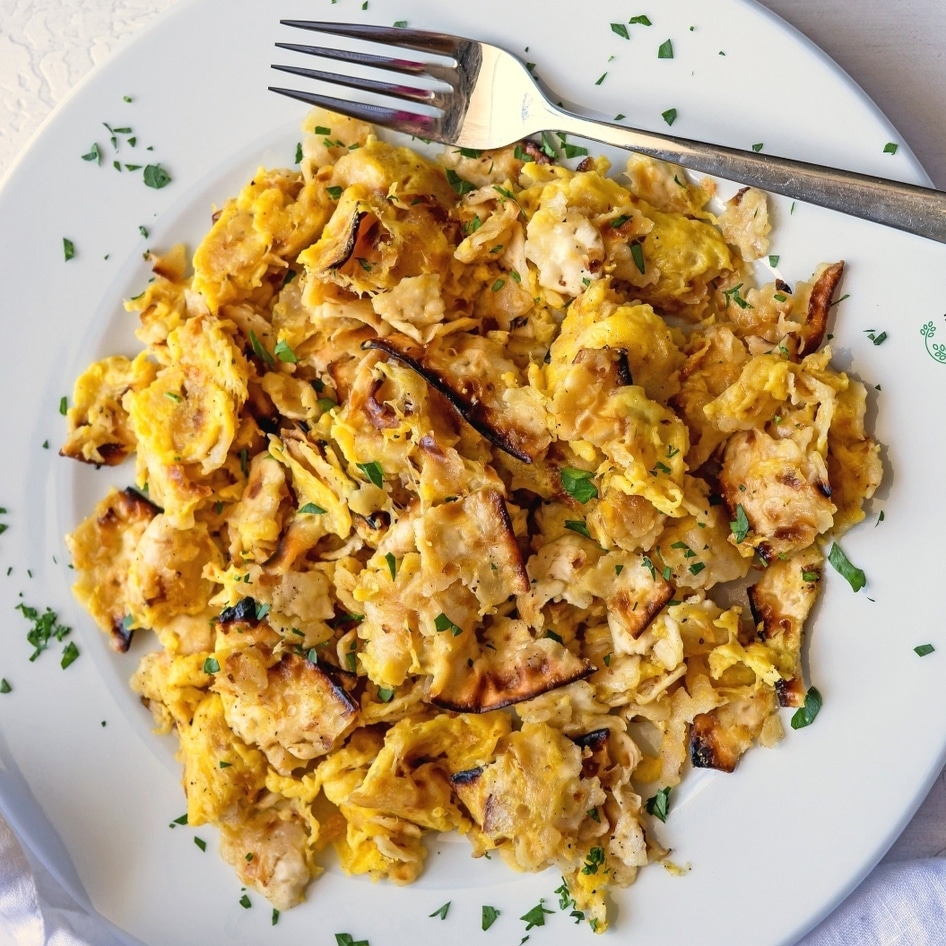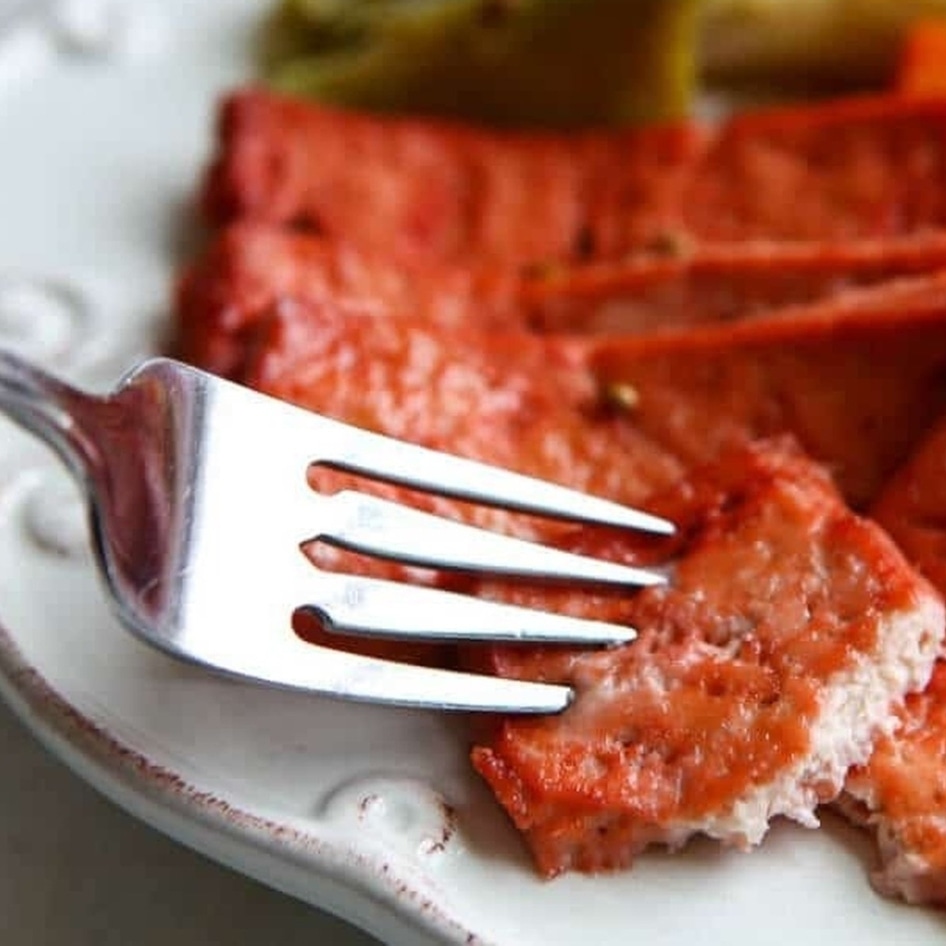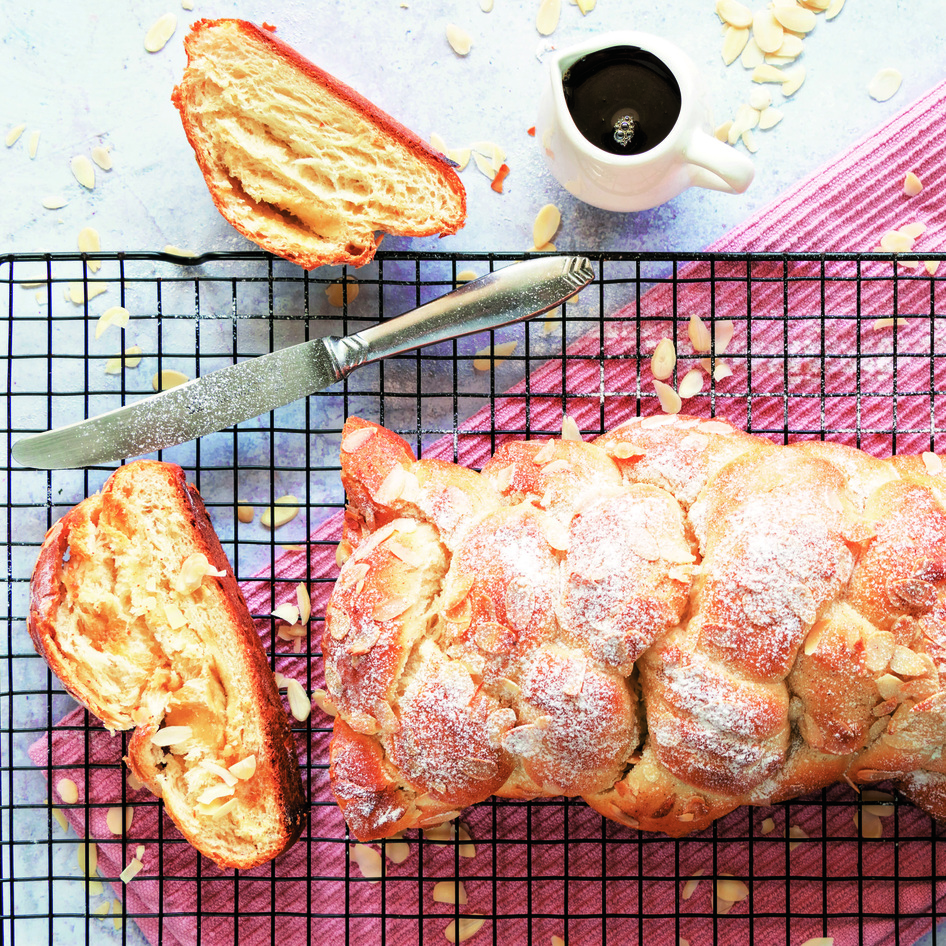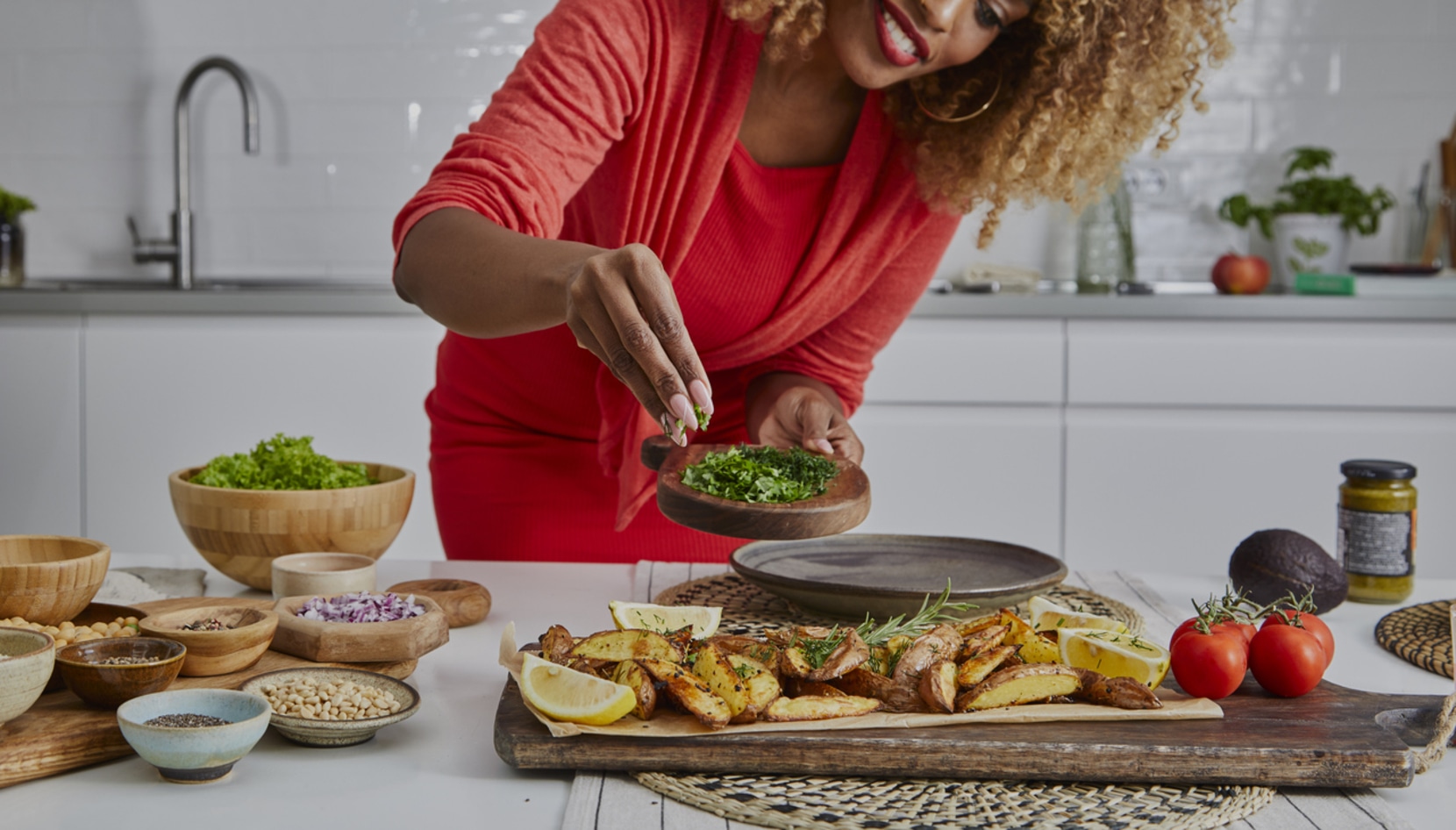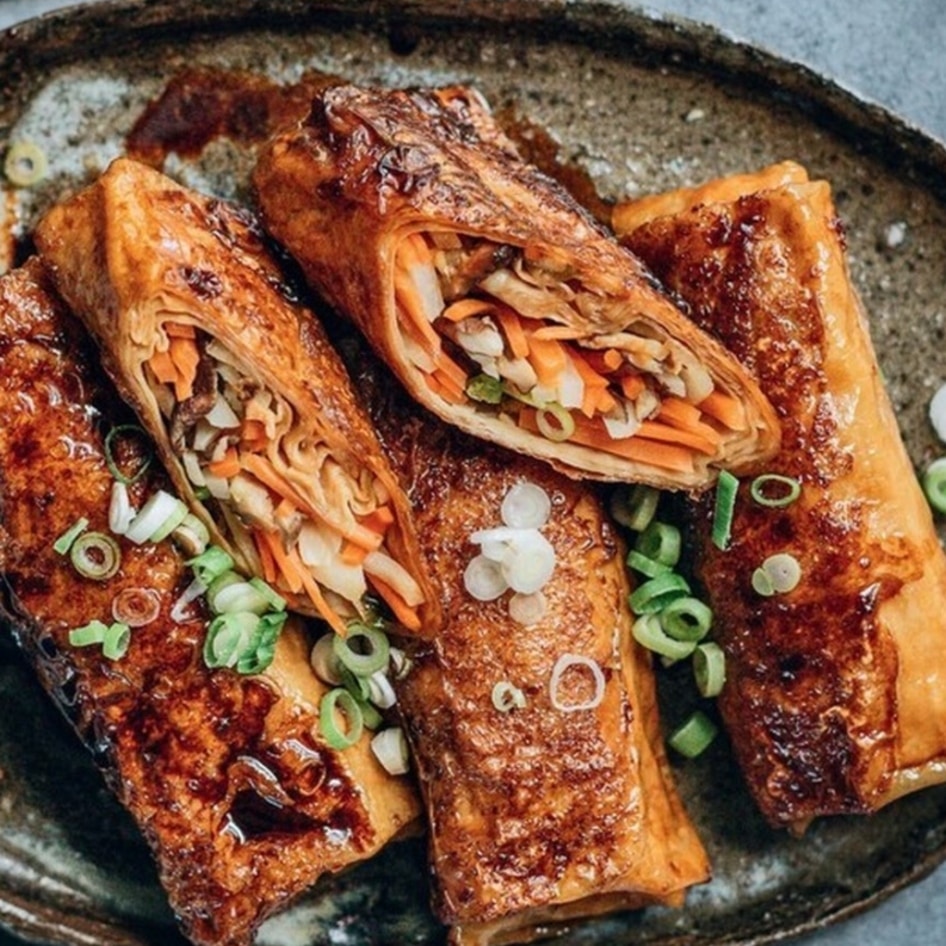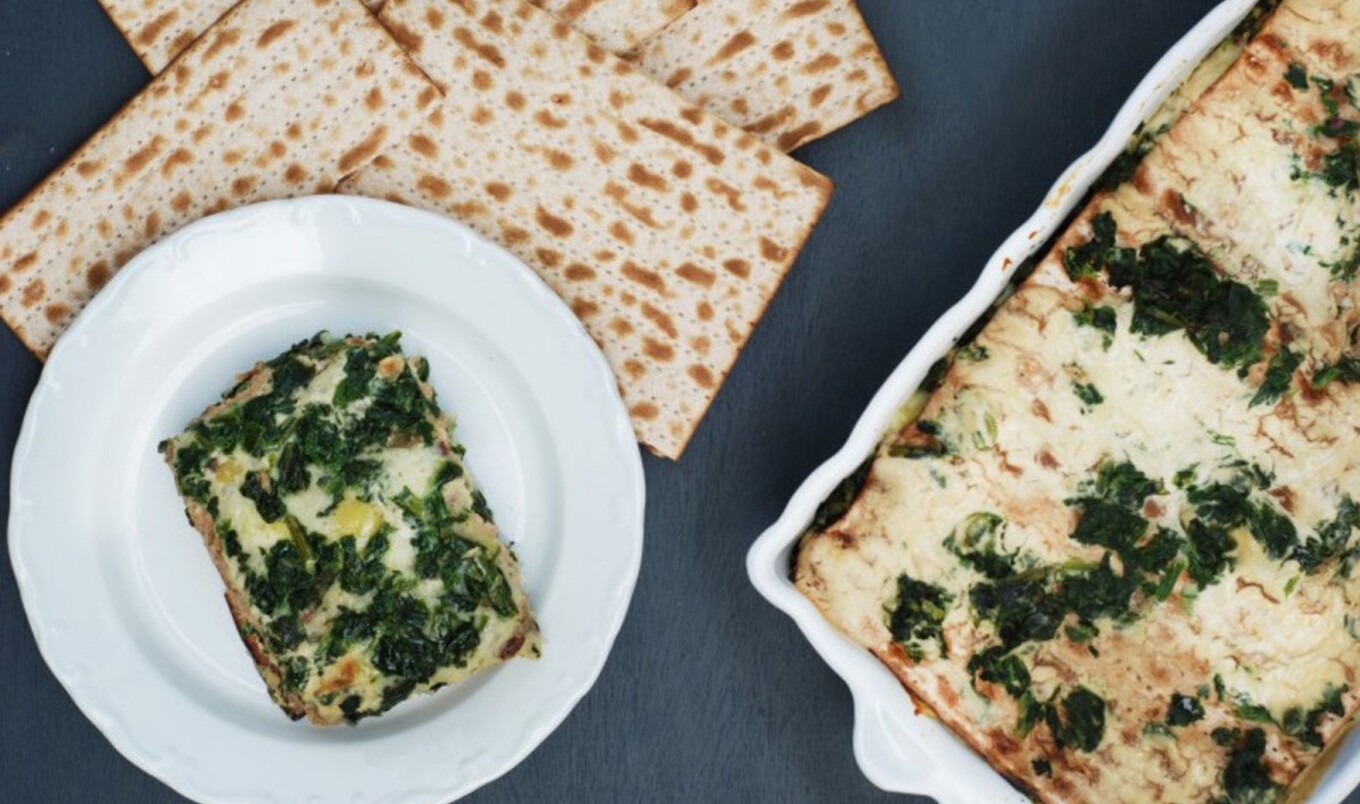
One Green Planet
How to Build a Vegan Seder Plate This Passover
Commemorate the holiday with a plant-based Seder plate.
April 22, 2024
One of Judaism’s most important holidays, Passover, begins this week. The centerpiece of the evening is the Seder plate, which displays symbolic foods that help tell the story of Passover.
Here’s how to make the plate totally vegan. But first, here’s a little bit more about the holiday itself.
What is Passover?
Passover commemorates the emancipation of the Israelites from enslavement under the pharaoh in ancient Egypt. According to the Torah, the prophet Moses beseeched the pharaoh to release the Jewish people from bondage. When the pharaoh refused, plagues of—literally—biblical proportions ensued.
Drinking water turned into blood, people broke out into boils, and death befell every first-born son—except the Israelites, whose sons God spared. Passover celebrates the night The Angel of Death “passed over” their homes.
How is Passover celebrated?
Today, the story of Passover is commemorated with an annual feast called the Passover Seder. Participants recline on pillows, chug wine, sing songs, play hide-the-afikoman (flat bread), read aloud from a personal Haggadah (religious text containing the holiday’s story), and eat traditional food.
The centerpiece of the evening is the Seder plate, which displays symbolic foods, which help tell the story of Passover. Since the holiday is all about the celebration of freedom and release from bondage, why not celebrate with an ethical, vegan Seder plate?
How to make a vegan Passover Seder plate
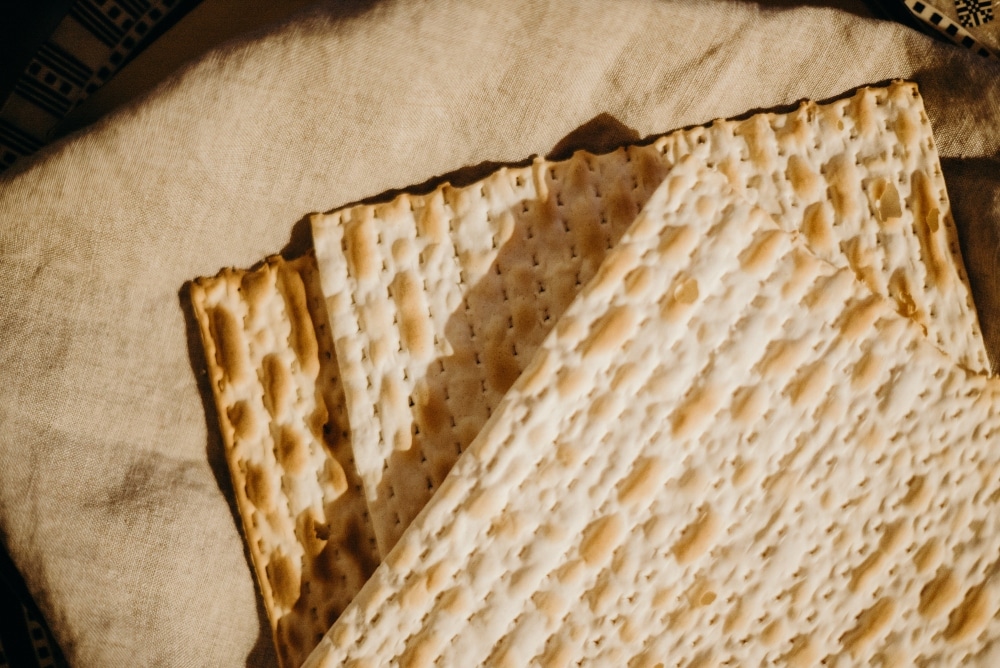 Pexels
Pexels
1 Matzoh (unleavened flat bread)
This traditional cracker is the centerpiece of the Passover holiday. It symbolizes how quickly Jews had to flee Egypt. In their haste to get out of Cairo, they didn’t have time for their bread to rise before baking it. Thus, crunchy matzoh was born.
No other bread or leavened grains may be consumed during Passover (a boon for you gluten-free folks). Be sure to snag egg-free matzoh. (And if you’re cooking from scratch, this recipe for vegan matzo brei is a great option.)
2 Charoset (mixture of chopped nuts and apples, agave, spices, and wine)
Substitute agave for the traditional honey, and you have yourself some vegan charoset. Its texture resembles the mortar used to layer bricks, symbolizing the backbreaking work performed by the enslaved Israelites.
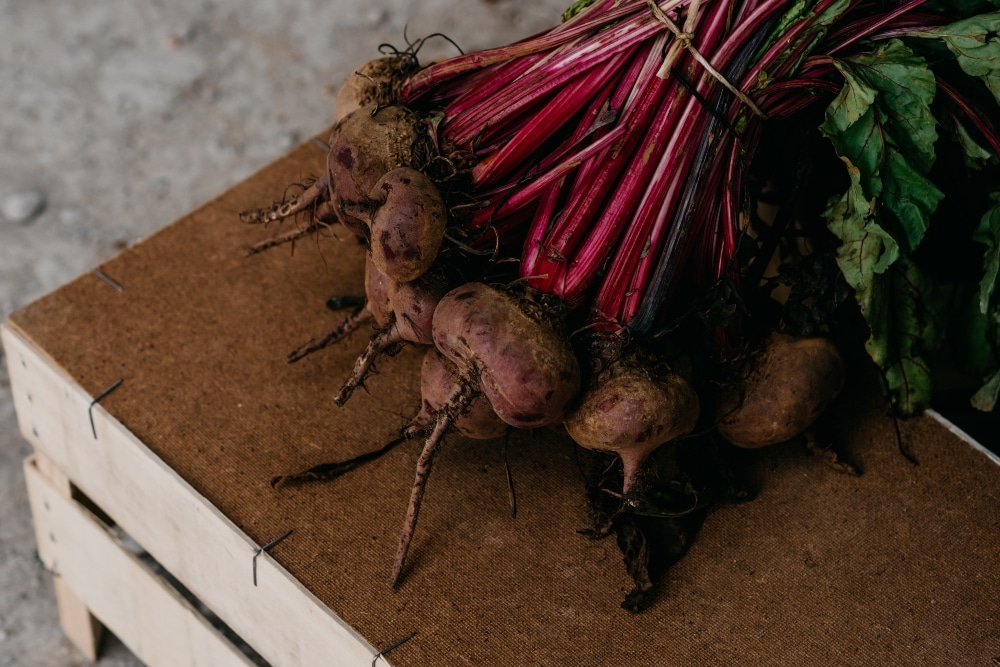 Pexels
Pexels
3 Zeroa (fresh beet)
Although tradition calls for use of a shank bone to honor the sacrificial lamb, red beet is scripturally permitted on the Seder plate—in fact, it’s common for even omnivores to use this substitution instead.
4Maror (bitter herbs)
Because horseradish is a pungent herb, it is typically served to symbolize the bitterness of the suffering that Israelites were forced to endure in Egypt. Other bitter vegetables that could potentially replace horseradish include endive, romaine lettuce, or celery.
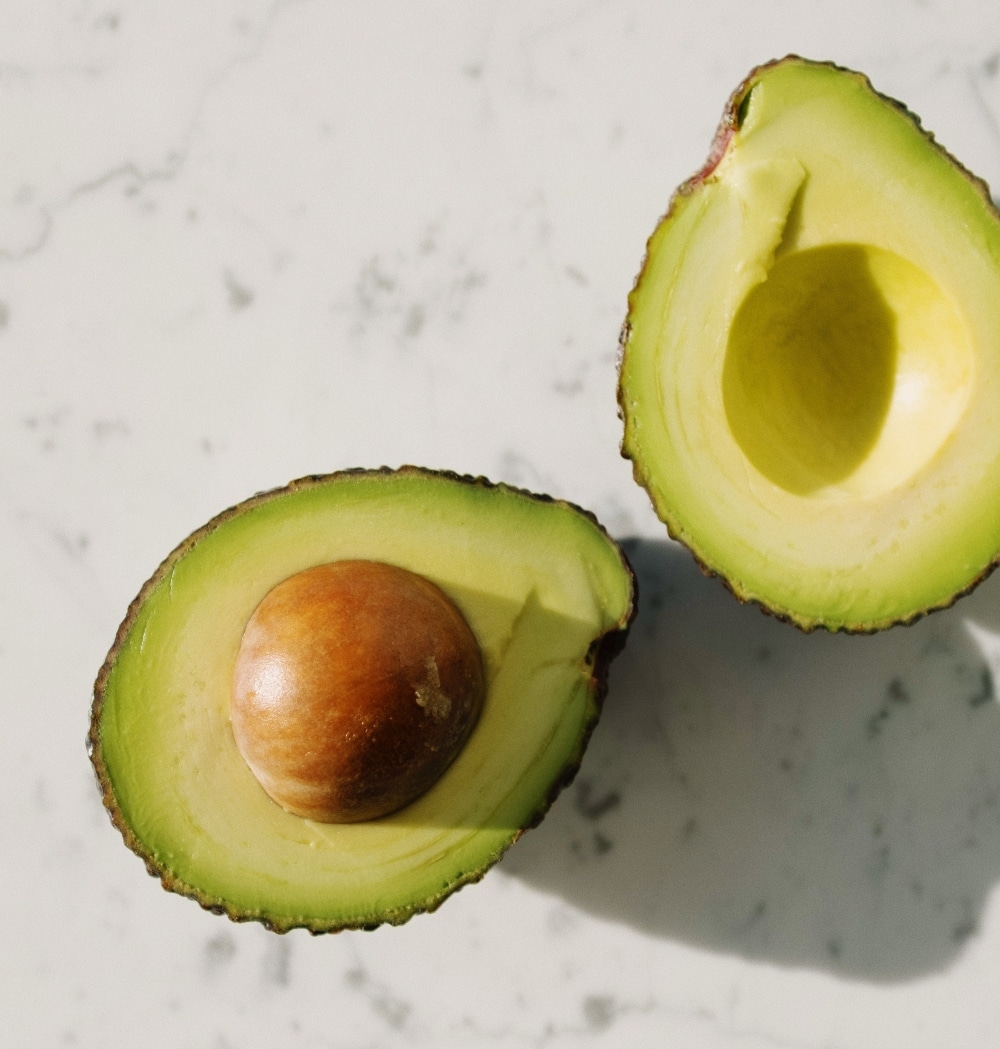 Pexels
Pexels
5 Beitzah (avocado or eggplant)
While the beitzah actually calls for a hard-boiled egg to symbolize fertility, try a silky avocado or a small, de-stemmed white eggplant. Alternatively, you could make a vegan egg, following a recipe like this one from Edgy Veg.
6 Karpas (vegetables dipped into salt water)
Springtime parsley is dipped in salt water to represent the tears that Jewish people shed during captivity under the pharaoh’s rule.
The Haggadah also calls for four—yes, four—cups of wine to be consumed over the course of the Passover Seder ceremony. In Judaism, wine and religious observances go hand-in-hand. Be sure to find a vegan wine that’s specifically marked with a P, denoting that it’s Kosher-for-Passover.
The Seder ceremony can take several hours. Once it’s complete, everybody is ready to eat. Being vegan makes it easy to keep Kosher, but remember that no grains are permitted on the banquet table. The fare above can serve as a launch pad for developing your own, delectable Passover menu from the Mizrahi, Ashkenazi, and Sephardi traditions—it takes a village! Happy Passover!
For more vegan Passover ideas, read:
JUMP TO ... Latest News | Recipes | Guides | Health | Shop

